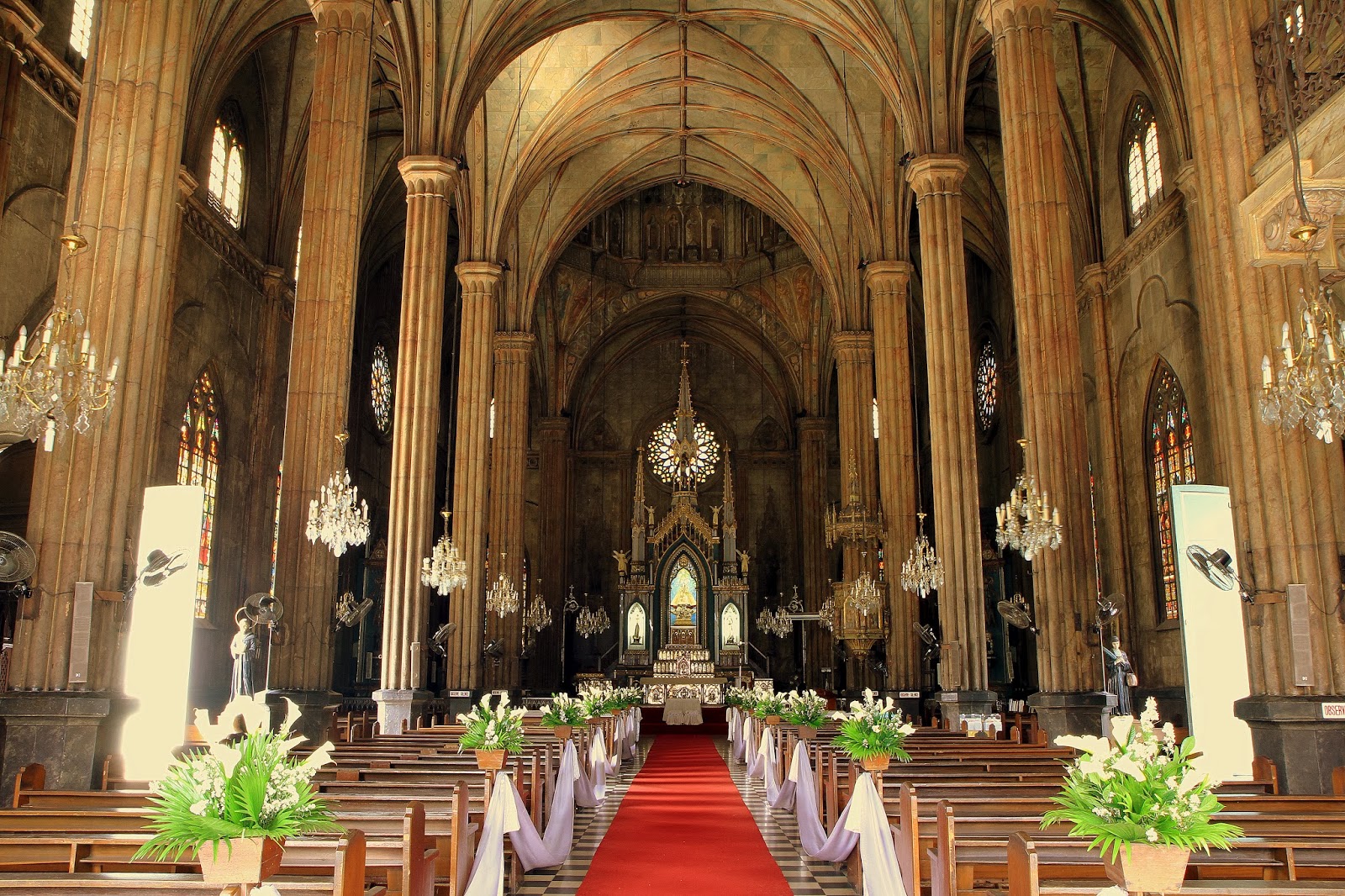Tondo, City of Manila
Historically, I have known Tondo as the residence of "Lakandula" (actually spelled as two separate words, Lakan Dula). Lakan word means a King or a Ruler. Hence, Lakan Dula was the name of the ruler or King of the Kingdom of Tondo before the colonial period in the Philippines. The full name is "Banaw Lakan Dula" which was changed to Carlos Lakandula when he was baptized as Christian Catholic when the Spaniards arrived in Manila in 1571 (Wikipedia).
 |
| Old Tondo Church Photo Source: http://s38.photobucket.com/user/restardo/media/Retrato/24501502.gif.html |
The last time I stayed in Tondo was during the World Youth Day in Manila about 15 years ago. We were encamped at St. Joseph School in Gagalangin Tondo.
After searching the web and looking at several blog sites recommending the Sto. Nino Church in Tondo as a must-see place, I decided to visit the church and made my own way of exploration.
From my place, I took a jeep bound for Divisoria and then alighted at Calle Ylaya (Ilaya Street). Just like Calle Carriedo in Quiapo, Calle Ylaya is also a very busy street with vendors occupying both sides of the narrow road so I had to squeeze myself walking towards Plaza Leon.
Plaza Leon is located approximately 500 meters away from the main road in Divisoria. Upon reaching Plaza Leon, I noticed that it was almost full of vendors and then at the right side of the Plaza is the facade of the Tondo Church.
 |
| Tondo Church Facade |
Within Plaza Leon is another tiny Plaza known as Plaza Hernandez.
I was smiling looking at the facade of Tondo Church as it is still exactly the same as the facade on the old photograph of the church.
Background: Sto. Niño de Tondo Parochial Church is one of the most visited churches in the Philippines. It is located in Tondo, Manila, Philippines. The feast of Sto. Niño of Tondo is celebrated every third week of January. Many people come to participate in the fluvial procession, because back then the terrain of Tondo consisted of waterways and tributaries which were connected to Manila Bay,a possible reason why the current church was made up of stone. It was built on elevated ground to prevent sea waters from inundating the church.
 |
| Historical Marker |
The Convent in Tondo, one of the first structures built by the Spaniards in Luzon, was accepted by the Provincial Chapter on May 13, 1572, with Lubao, Betis and Calumpit as its visitas. Its first parish priest was named Fr. Alonzo Alvarado, OSA, with Fr. Pedro Holgado, OSA as his assistant. In 1575, its jurisdiction extended to Naga (Navotas), Misic (the small island Maysilo), and Bulacan and became its visitas. In 1578, its friar, Fr. Geronimo Marin, helped arrange peaceful dialogues and acted as intermediary between Lacandola and Maestro de Ocampo Juan de Salcedo in Navotas. The Tondo convent housed the Franciscans when their monastery got burned in 1583. It served as a Studium Grammaticae in 1587 because the San Agustin monastery was being rebuilt following a fire. By 1591, the convent of Tondo had two priests to minister to the 6,000 souls in the towns of Navotas and Tambobong, now Malabon (Wikipedia).
I noticed that the church was elevated from the ground. They said that in the early days, Tondo was frequently flooded by water coming from the sea, that's why the church builders decided to build the church on an elevated ground.
The interior of the church, I can say, is very well maintained. The church walls, I believe, are still the original walls and now covered with new tiles and marble stones.
 |
| Church Interior |
The church architecture is Neo-Classical.
As usual, I looked for the old pulpit, but it was no longer there. I'm not sure though if it was removed by those who renovated the church interior or there was actually no pulpit installed at all or maybe destroyed during the war in 1945.
Tondo Church is another well-known church in Manila by many devotees of Senior Sto Nino, similar to the devotees of the Black Nazarene in Quiapo.
Every 3rd Sunday of January in every year, the Feast of Sto Nino of Tondo is celebrated with thousands of devotees that also attracted thousands of visitors to Tondo. The Feast is usually done with a fluvial parade.
 |
| Stained Glass Window |
Attached to the right side of the church is the Holy Child Catholic school and there are few tall buildings currently being constructed at the back of the church during my visit.
What I missed was the old convent that was attached to the church and was standing where the school building was constructed. Looking at the old photograph, the convent was a nice structure that constitutes the architecture of "Bahay Na Bato". Windows were made of Capiz shells and the roof was made of tiles.
The statue of Sto. Nino (Holy Child) is located at the main altar of the church. The looks and feel of the church interior is very modern and well maintained.
Surrounding the plaza are business establishments many of which are fast food chain. I had a cool and refreshing halo-halo at a nearby food chain overlooking the plaza and facing the old facade of the Tondo Church, I was so happy to had seen another Philippine historical and cultural treasure and a landmark.
--o0o--



















































